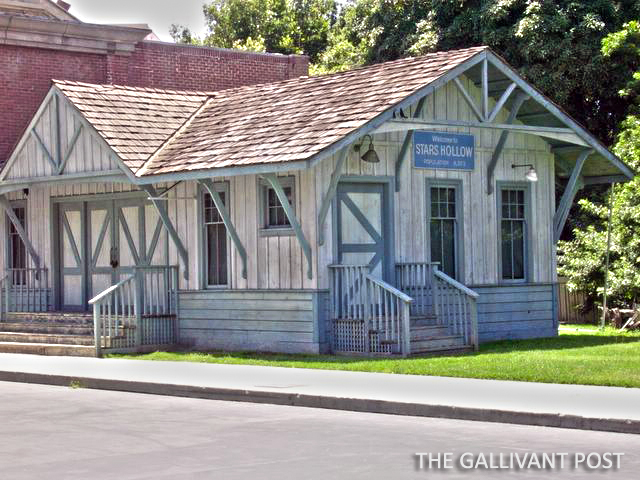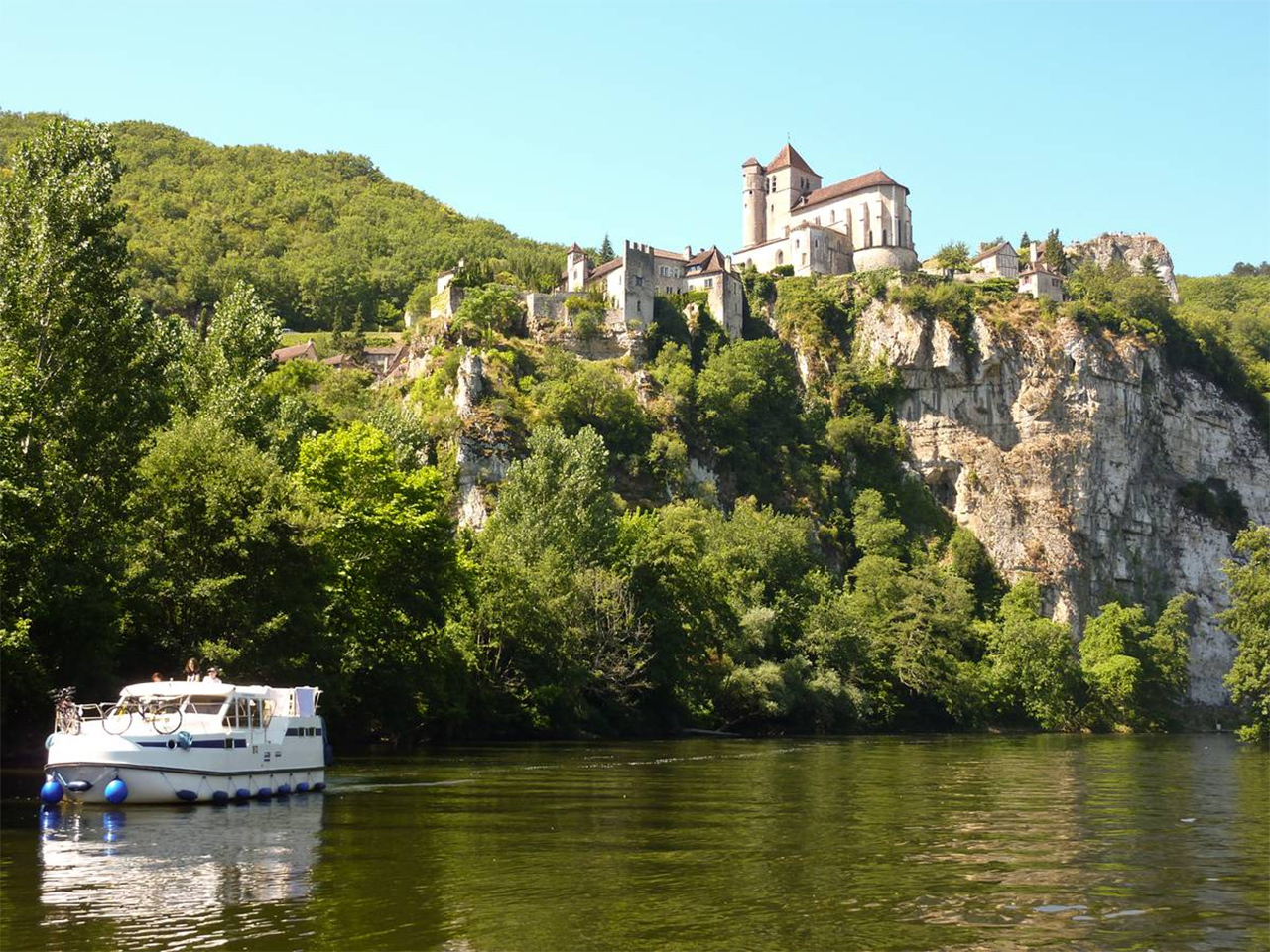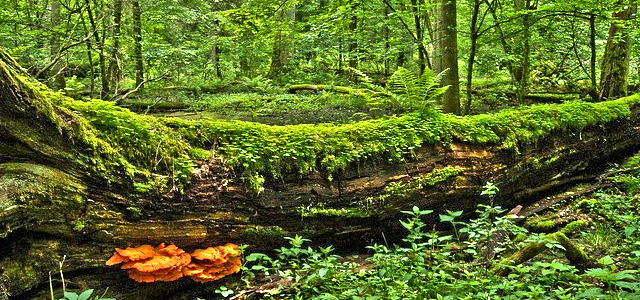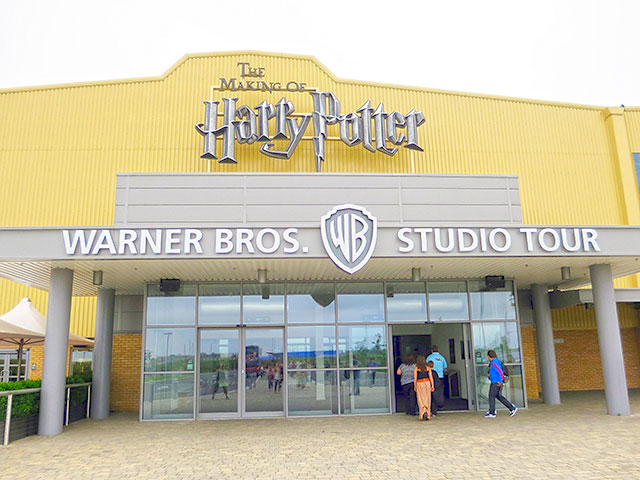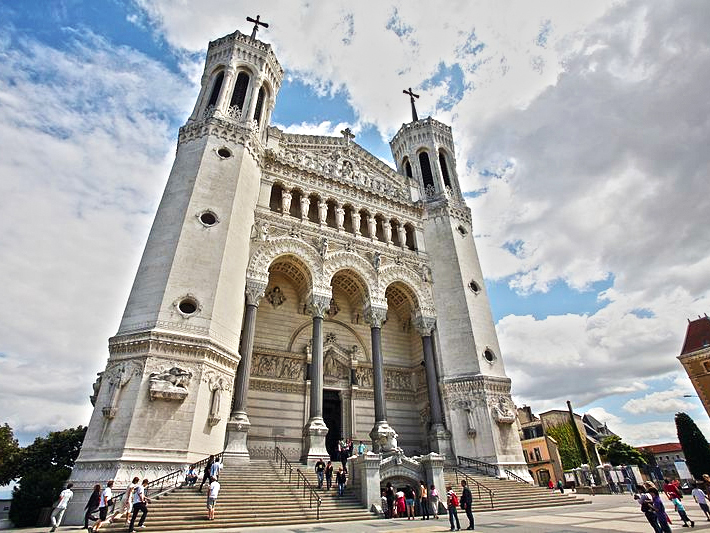
Lyon: Soaking up its history and architecture
It may not be as romantic as Paris, or a cultural melting pot like Marseilles, but France’s third largest city is a heavyweight in its own right too- Lyon holds claim to being the birthplace of cinema. It’s the hometown of the Lumière brothers (Auguste and Louis), who were the world’s first filmmakers.
Beyond that, the city is also known for its gastronomic diversity and historical landmarks. Lyon’s Roman founders left behind a legacy of heritage sites (the city is now a UNESCO World Heritage Site), and being sandwiched between Northern and Southern Europe, the city soaks in the best of Europe, resulting in wide-ranging cuisine offerings.
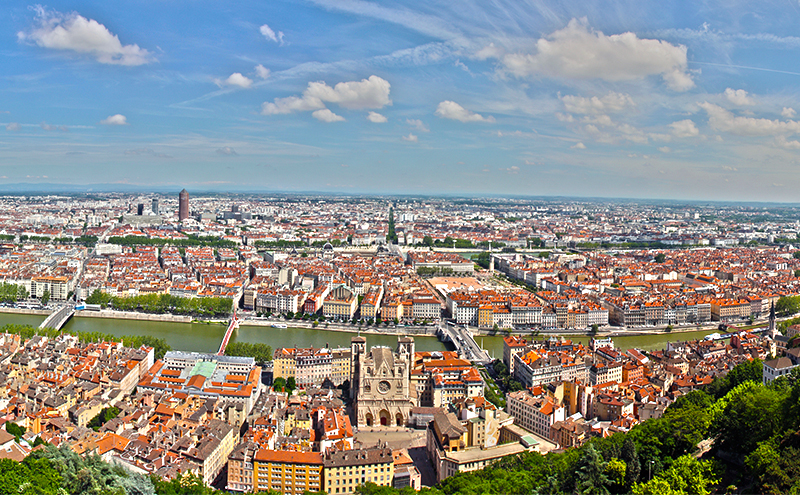
Did you know: Lyon is known for its famous light festival, Fête des Lumières, which takes place annually on 8 December for four days, earning the city the title of Capital of Lights.
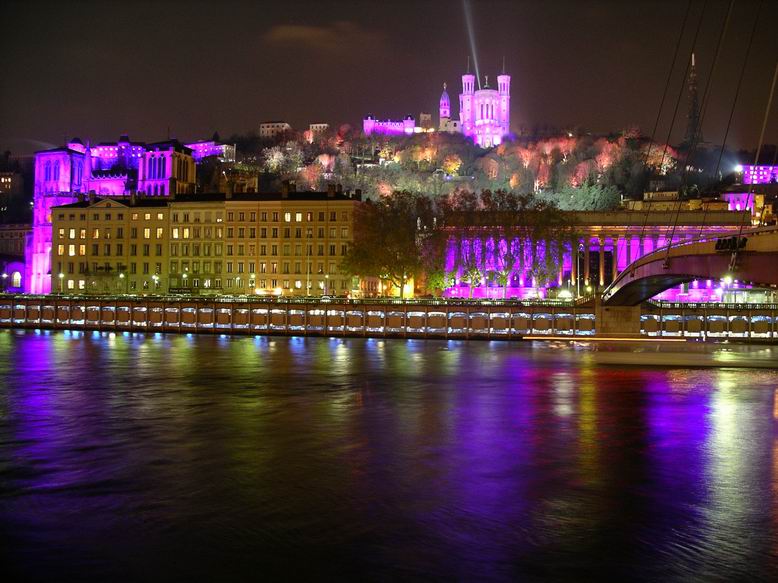
Before you begin
Architecture is one of the highlights of Lyon; there are diverse neighborhoods offering beautiful structures and buildings, so bring along a pair of comfy shoes and get ready to explore. Alternatively, you can opt to cycle around the places of interests.
Tip: Many of the attractions in Lyon are free, apart from a handful of museums that charge an entry fee. To save money, you may wish to get the Lyon City Card. You can get it at the Tourist Office at €21 for a day, €31 for two days and €41 for three days. This entitles you to unlimited rides on the city’s public transportation and discounted or free entry to major museums. There’s even one guided tour thrown in.
If you’re planning to explore the city on foot, get a map, a detailed one. This way, you’ll find your way around easily without getting lost.
Vieux Lyon
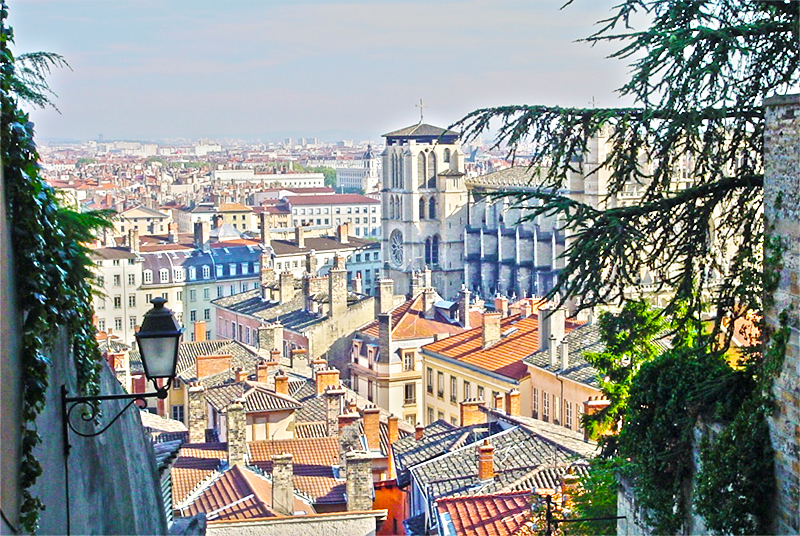
Vieux Lyon, or Old Lyon, is a good place to start your adventures in the city. A compact district on the right of one of the city’s two rivers- the Saone, Old Lyon is the second largest Renaissance area in Europe, ranked behind Venice. Formed by narrow streets running parallel to the river, the district dates as far back as the Middle Ages. Most of the buildings in Vieux Lyon were built between the 15th and 17th centuries by wealthy merchants from Italy and Germany. This resulted in colorful and contrasting architecture styles that create a fascinating sight. There are plenty of interesting craft shops but do lookout for tourist traps. There are three sections, Saint Jean, Saint Paul and Saint Georges, named after the churches in the respective areas.
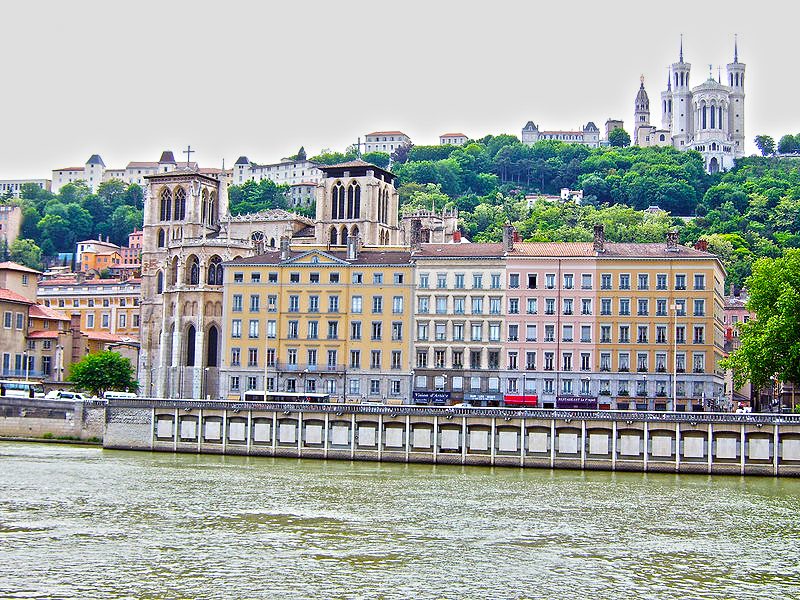
At the Saint Jean quarter, you can find the Cathedral of St Jean, a grand Gothic styled structure that’s the seat of the Archbishop of Lyon. If you visit, do pay attention of the two crosses on either side of the altar. They are preserved since the 1274 council as a symbol of the union of the churches. There’s also an Astronomical Clock dating back to the 14th century.
Movie buffs, head to the Museum of Miniatures and Film sets (Musee Miniature et Cinema) located in the once Golden Cross Inn in the 15th century. There are two collections here; one houses a 120 miniature scenes by miniaturist artist Dan Ohlmann, the other features 350 film props that give visitors a glimpse into special effects techniques commonly used in movies. The miniature dioramas are created to the scale of 1:12 with attention paid to the tiniest details and you can see original props from films like Gladiator, Aliens, Independence day, Minority Report and more.
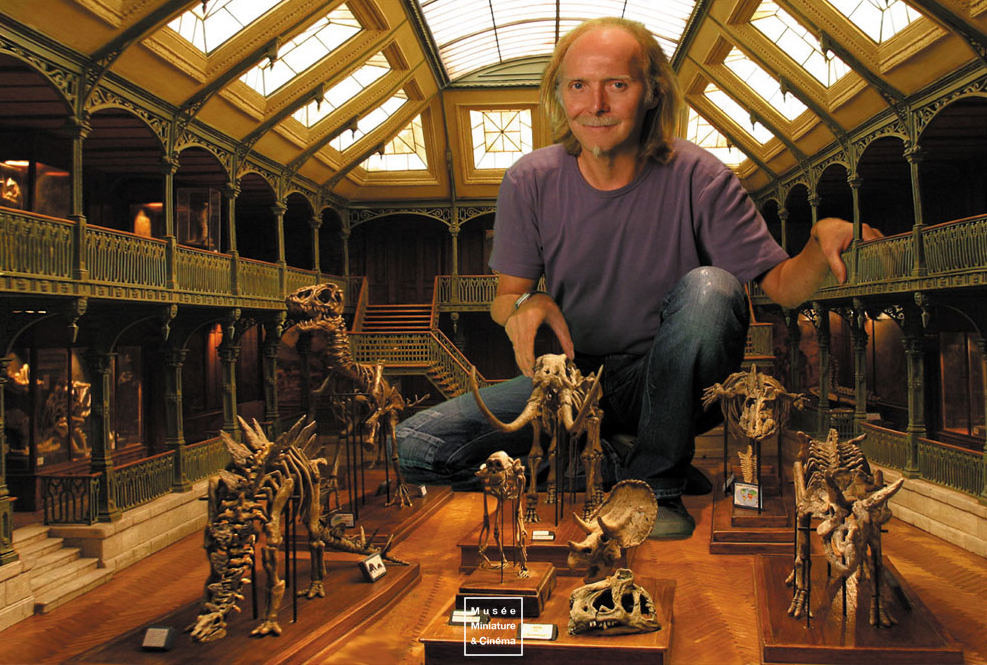
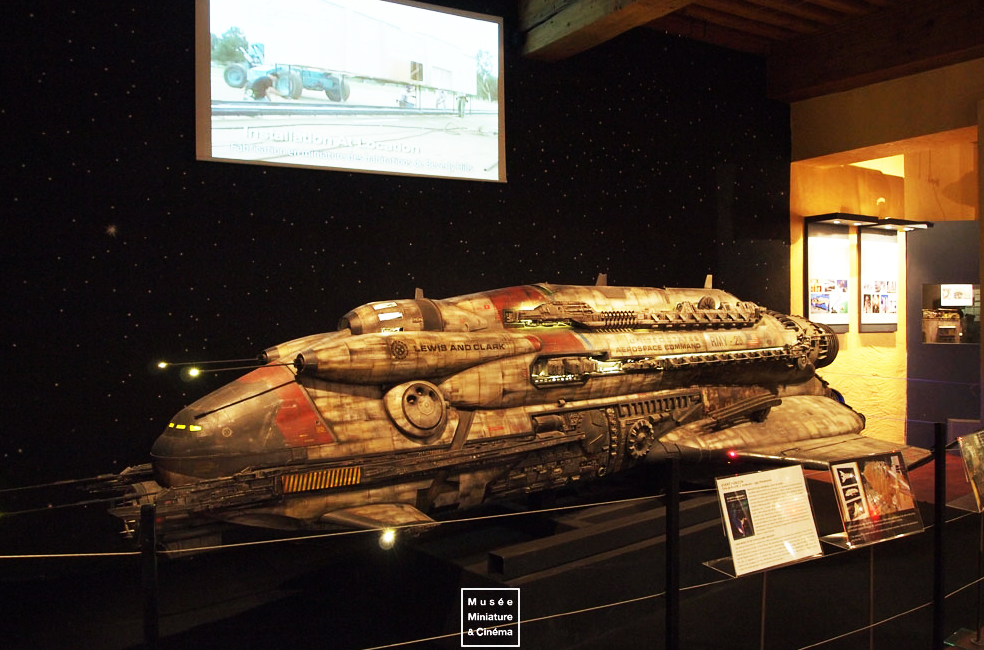
The Saint-Paul section is where you can find the Lyon Historical Museum and the International Puppet Museum. Back in the 15th century, this area was dominated by Italian bankers and merchants who invade the area with their luxurious residences, like the The Hôtel Bullioud and the Hôtel de Gadagne, both magnificent structures now housing the museums mentioned above. Also noteworthy here is the Saint Paul church, a Romanesque lantern tower with hints of Gothic design, after being damaged under siege and rebuilt several times. The church was completely restored in 2002.
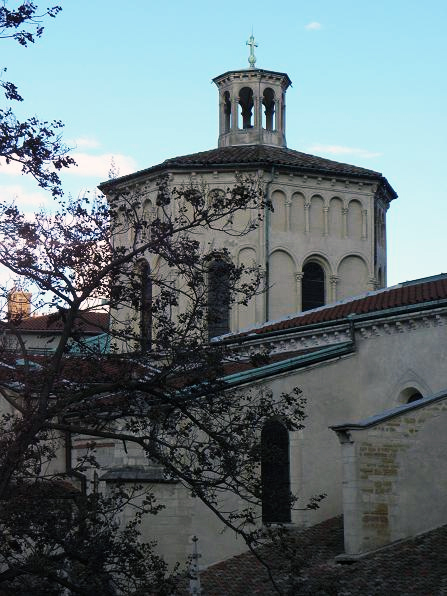
At the Saint Georges section, you can take your time to wander the streets. Buildings here are made for architecture lovers; there are structures with spiral stairways and hidden passages, known as traboules. They are passageways linking buildings and streets together, originally built for silk traders in the 16th century to transport their products efficiently, and are an architecture style unique to Lyon.
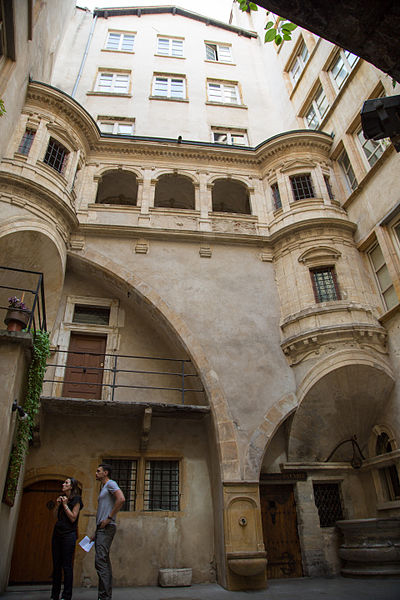
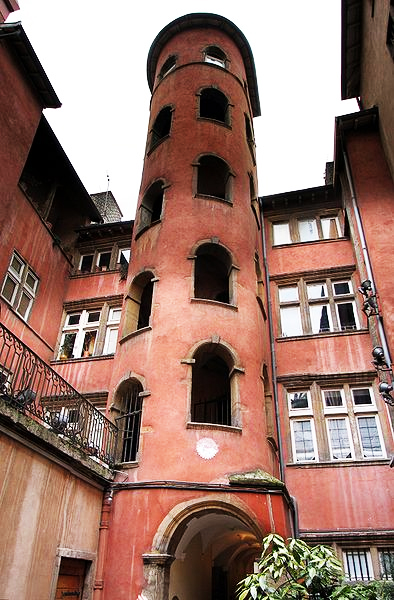
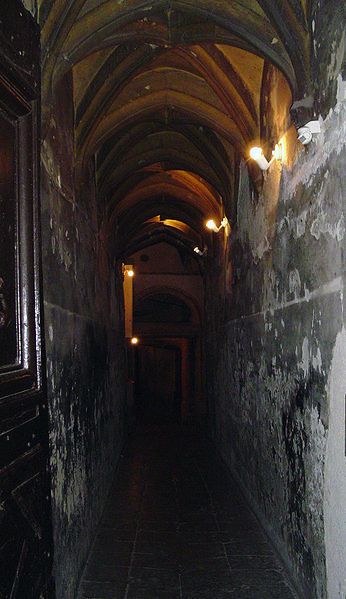
Tip: Not all the passageways are open to public, some are in private property, so do check out which are the public ones before you visit.
The St George’s Church is designed in Neo-Gothic style, and its original form was built in 550. After a series of raids and sieges, it was rebuilt in 1844. If you visit, look out for the polychrome wooden altarpiece from the 16th century depicting the scene of the coronation of the Virgin.
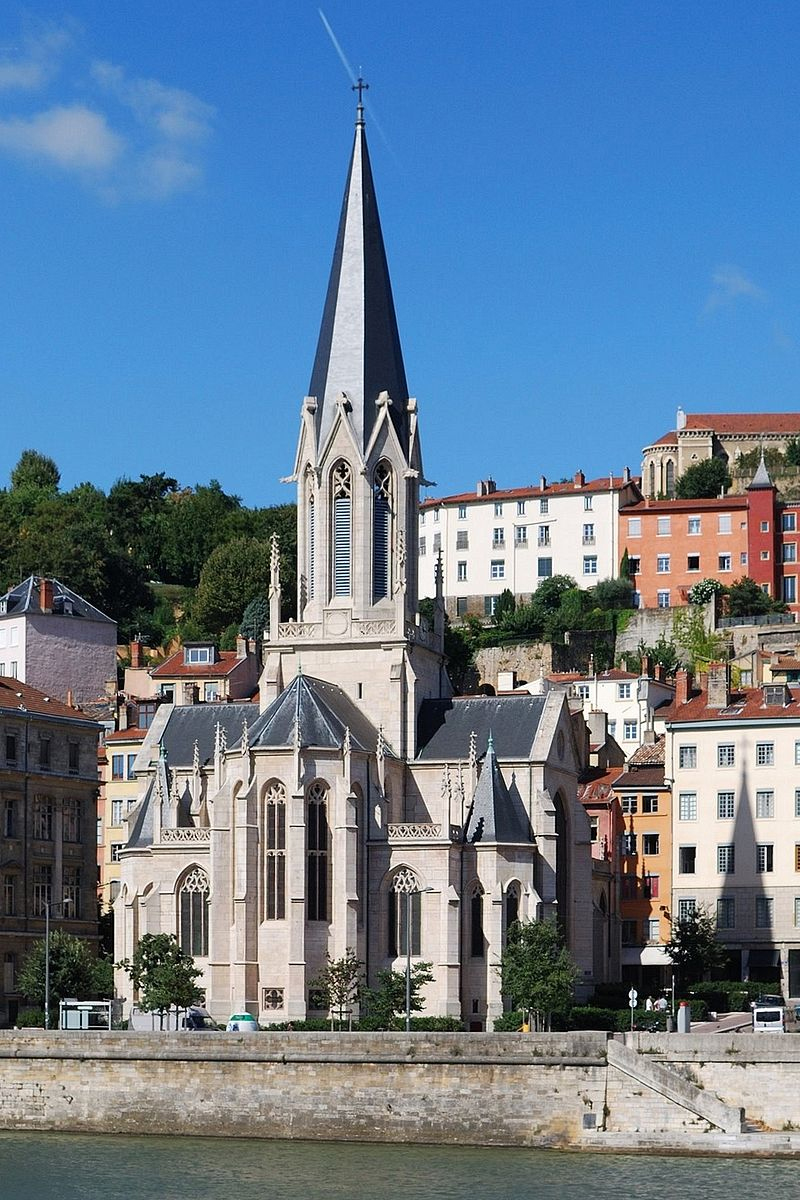
Fourviere Basilica, the Fourviere Hill and the Ancient Theatre of Fourviere
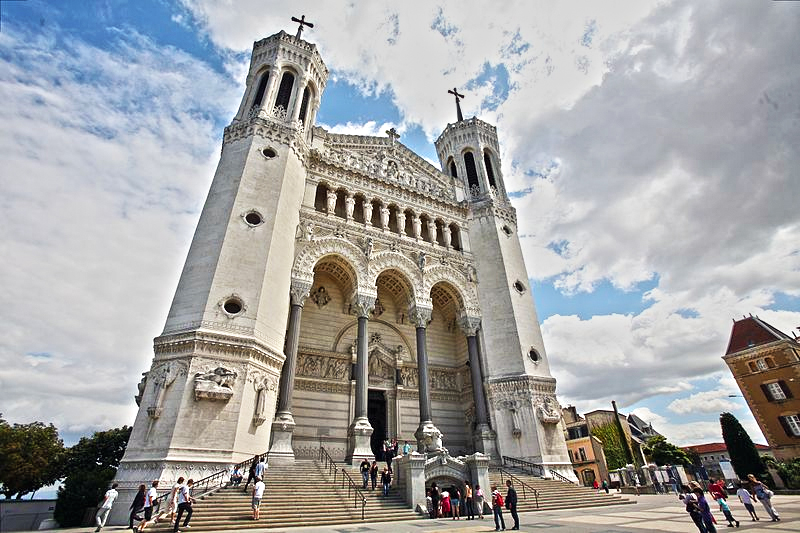
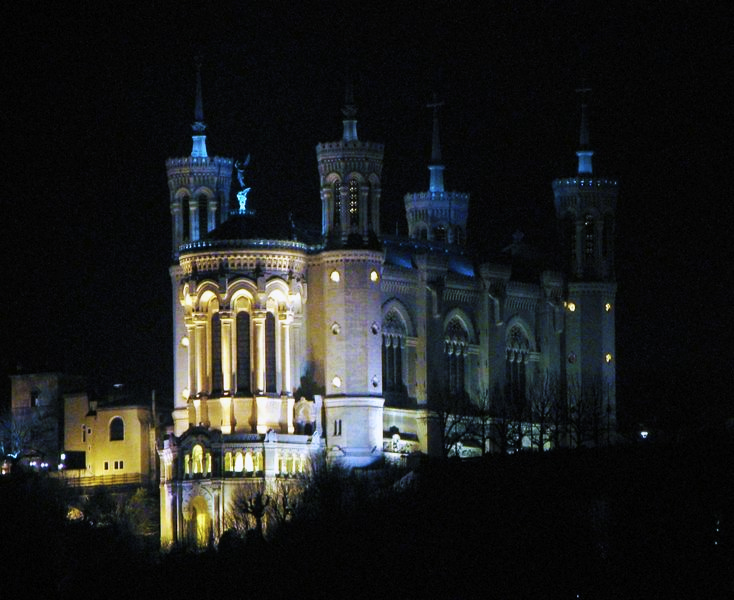
You can’t visit Lyon without making a trip to the Fourvière Basilica, or the Basilica of Notre-Dame de Fourvière. The basilica is known to the locals as the “upside down elephant”; the building resembles an elephant’s body while its four towers look like its legs. It was designed by Pierre Bossan, a French historicist architect who drew inspiration from both Romanesque ad Byzantine architecture, an unusual departure from the then popular Gothic architecture.
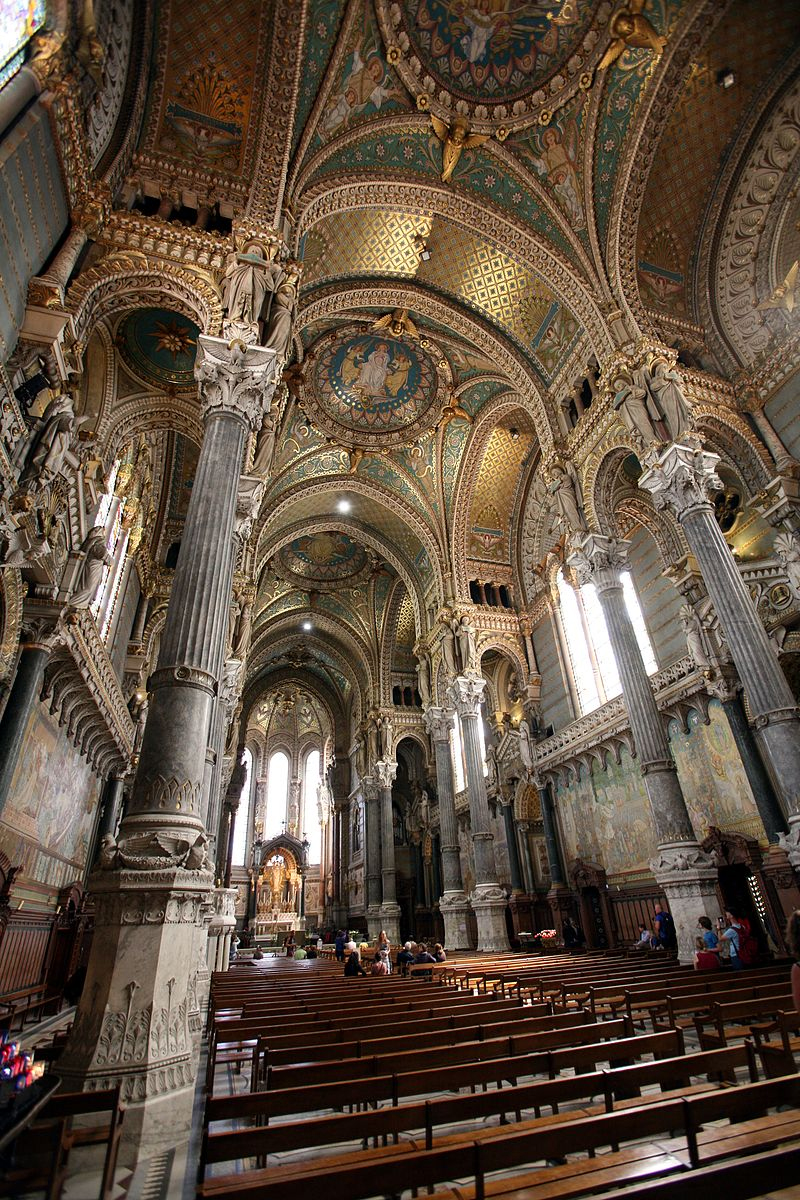 Check out the intricate stained glass works and interior design of the Fourviere Basilica
Check out the intricate stained glass works and interior design of the Fourviere Basilica
The basilica’s interior feature intricate stained glass designs, mosaic pictures and a crypt of Saint Joseph. There are actually two churches here; the upper sanctuary spots an ornate design while the lower one is much simpler.
Standing on the top of the Fourvière Hill, the basilica can be seen from many spots in the city and offers visitors a panoramic view of Lyon’s city center. Do allocate some time to walk the grounds surrounding the church to soak in the views.
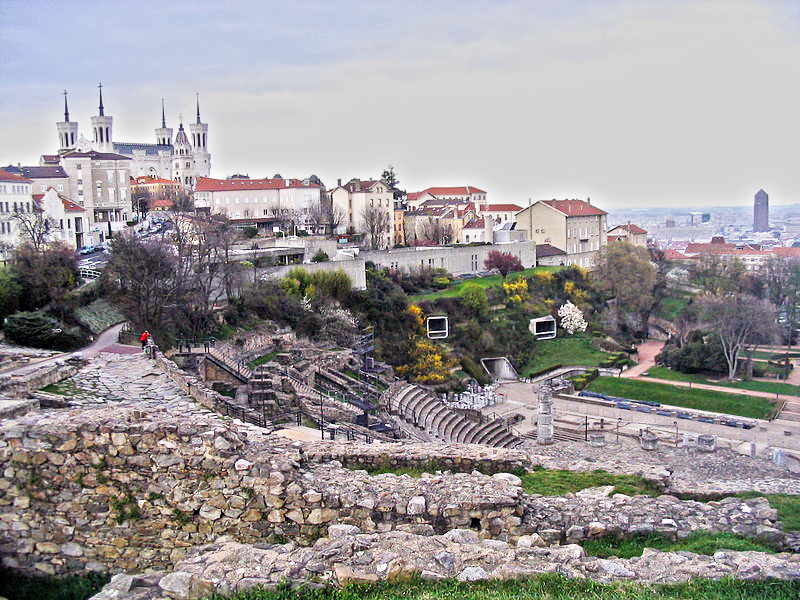
If you have more time, head on over to the Ancient Theatre of Fourviere, or the Theatres Romains de Fourviere. The ancient Roman Theatre was built in two parts, the first in 15BC, where it began as a 90-meter round theatre next to the Fourviere Hill. At the dawn of the 2nd century, the theatre was expanded to allow for audience seating of 10,000 people. The ruins are well preserved and makes a stunning sight. In fact, the theatre is still in use now, as a cultural venue from time to time.
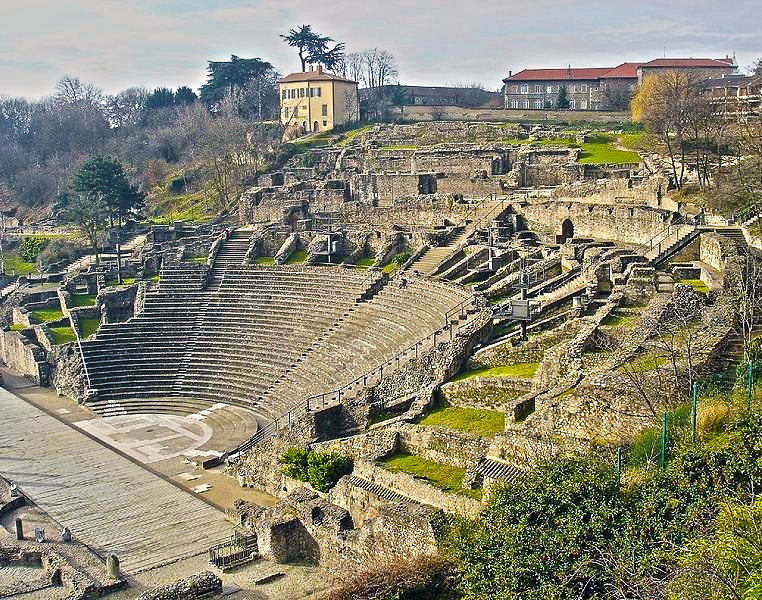
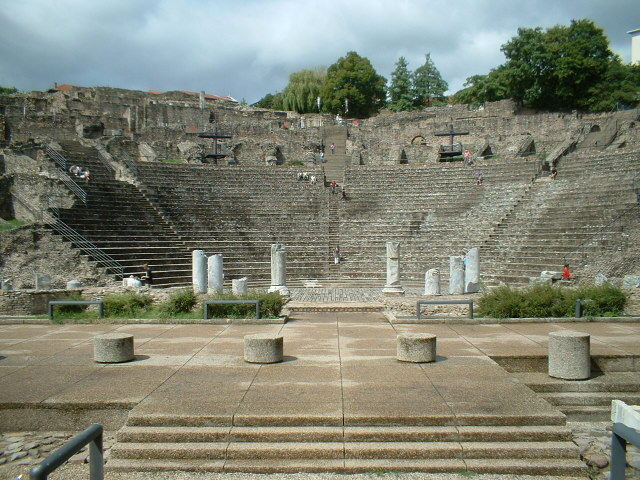
Parc de la Tête d’Or
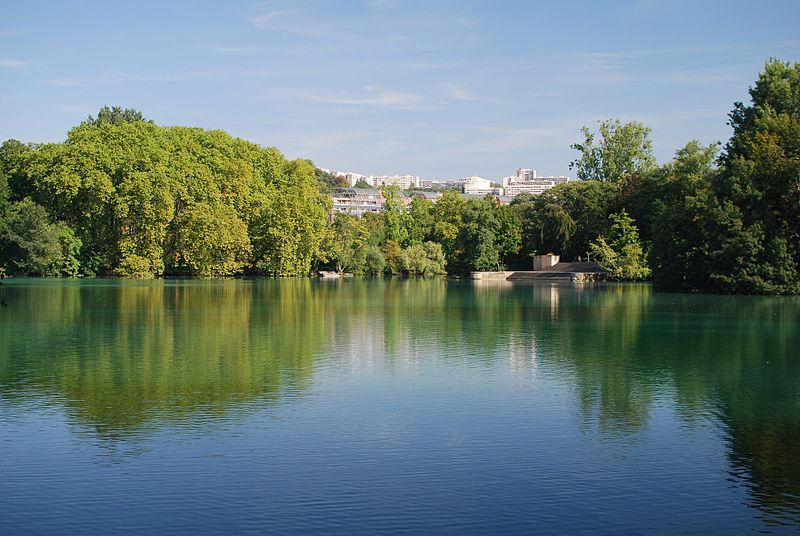
Also known as the Park of the Golden Head, the Parc de la Tête d’Or is like Lyon’s Central Park, except smaller (by two-thirds its size). Even then, it’s roughly the length of 107 soccer fields, so do put in more time if you wish to experience the full extent of the park. There’s a lake that you can enjoy boating during summer. There are jogging and cycling paths as well, in case you have the urge to work off all the rich French food you’ve been eating. At the park center, there’s a small zoo with elephants, primates, giraffes, deer, reptile and more. On top of that, there are also other offerings, including a mini-golf course, horse riding facility, a miniature train for the little ones to squeal in.
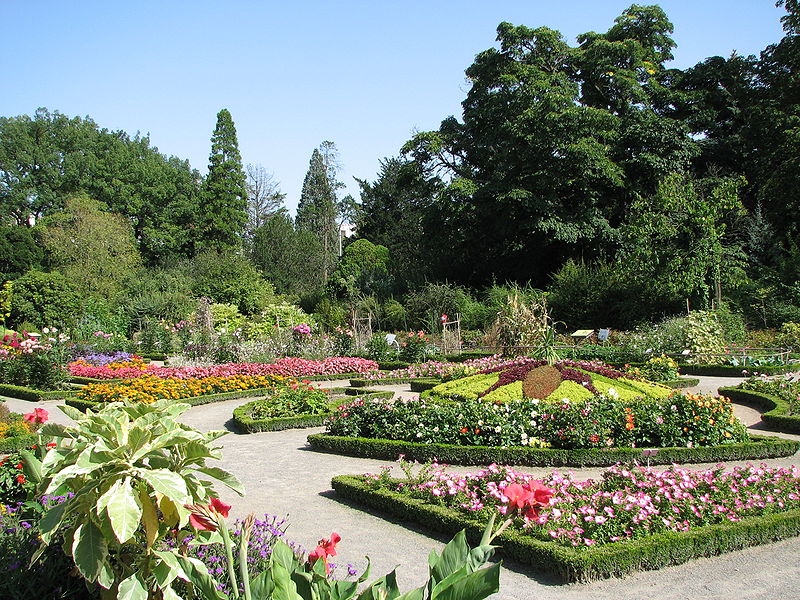
There’s also a decent botanical gardens for some quiet reprieve and whenever you’re done, the park also has a restaurant to satiate your hunger. The best part about Parc de la Tête d’Or is everything here is free, including the zoo.
Musées Gadagne
For some education on Lyon’s history, visit the Musées Gadagne, in a 16th-century mansion that houses two exhibitions. At the Musée d’Histoire de Lyon, you get a summary of Lyon’s history, on how it grew from a silk-weaving city, to how cinema got its start here, as well as its transportation evolution. Then there is the international puppet museum or Musée des Marionettes du Monde, a tribute to Lyon’s iconic puppet, Guiognol.
Tip: While at the museum, don’t forget to head to the 4th floor and have a drink or a bite at the café with a quaint terraced garden, which has been around since the 14th century.
Institut Lumière
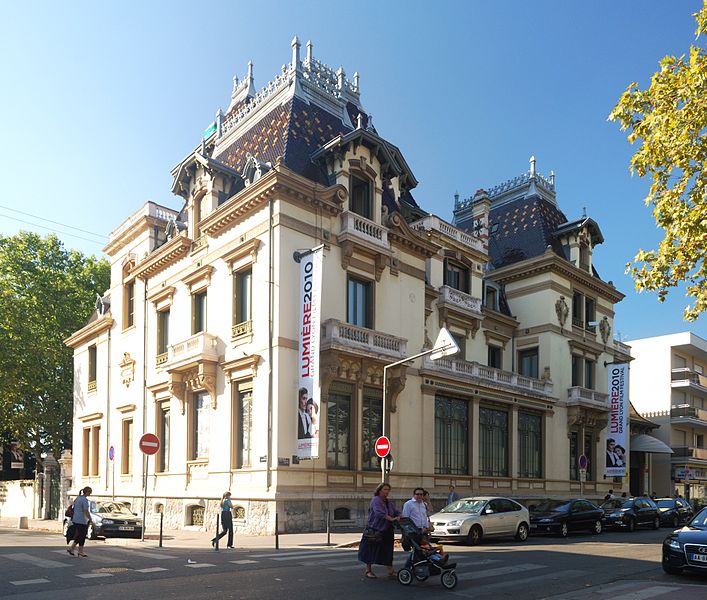
For film buffs, the Lumiere Institue located at the former Lumiere factory is a museum pays homage to the Lumiere brothers. It showcases film equipment used in the old days, as well as a handful of cinema masterpieces in their original version.
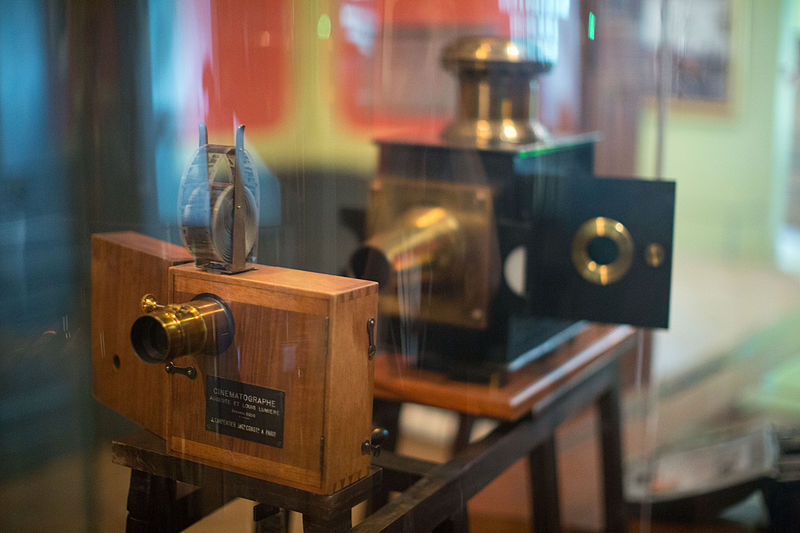
La Croix-Rousse
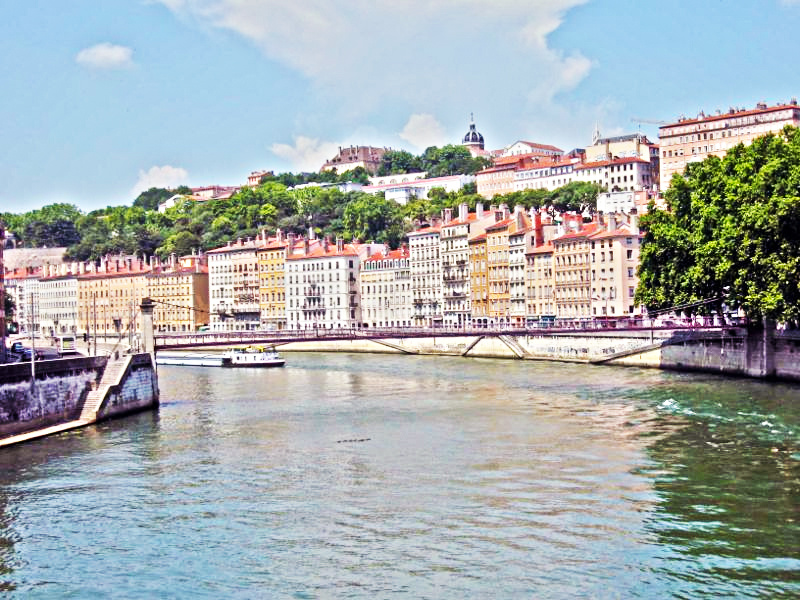
To experience Lyon like a local, head to Croix-Rousse, a neighborhood on a hill of the same name. The buildings here are old, left behind from the city’s silk industry beginnings. Most of the structures here have large vaulted ceilings to house silk looms. There are also a network of traboules connecting buildings together, used by silk merchants to ferry their merchandise between places without the risk of rain damage.
If you’re a fan of fresh produce, there are Sunday markets here hawking cheeses, fruits, vegetables and more. Around the neighborhood, there are quaint shops selling local fashion, craft stores offering unusual trinkets and of course, welcoming cafes where you can take a break from your exploration of the area. The atmosphere in Croix-Rousse is warm and friendly, and makes a great wind-down spot of your Lyon adventures.
Food in Lyon
Restaurants in Lyon serve all kinds of cuisines, although if you wish to try out traditional Lyon food, look out for the “bouchon” restaurants. Materializing at the end of the 19th century, Bouchons flourished in the 1930s and serve traditional Lyonnaise cuisine like sausages, duck pâté or roast pork. What makes it different form other French cooking is that it’s more fatty and have more meats. Strictly speaking, there are really only around 20 officially certified traditional bouchons in Lyon, although more restaurants claim to be one.
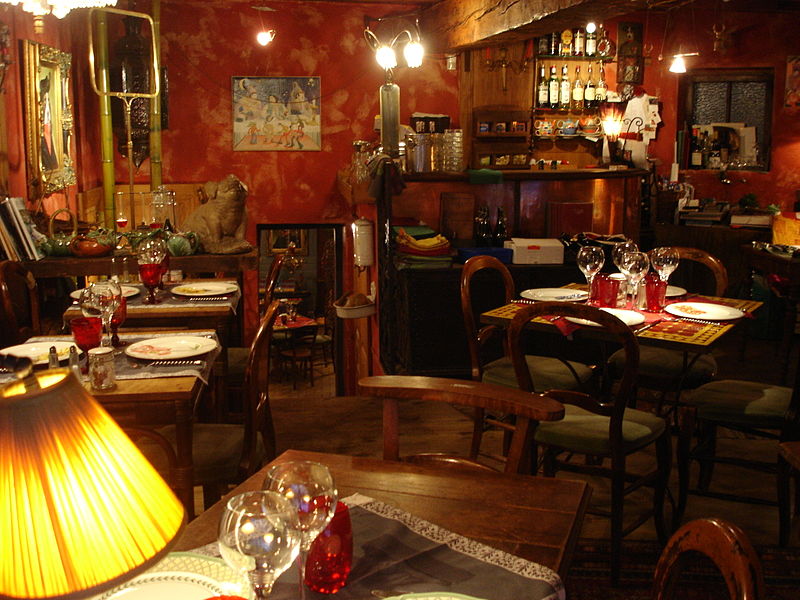
Apart from serving traditional fare, one of the highlights of a bouchon is in the owner’s hospitality and the restaurant’s welcoming atmosphere.
Tip: Usually, restaurant in tourist strips with big signs reading “Véritable bouchon lyonnais” (genuine bouchon) or hang a list of its typical fishes outside are probably not authentic bouchons. If you’re in the popular Rue St Jean area, be extra careful before you step into any restaurant claiming to be a bouchon.
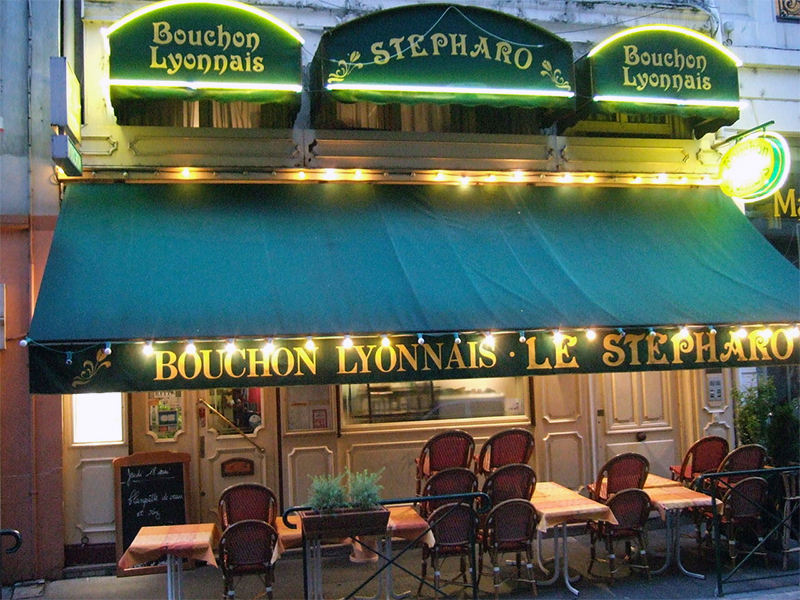
Meal times in Lyon are usually around noon to 2pm for lunch, and 7:30pm to 10pm for dinner. While lunch are normal hours, dinner time is a tad late in the city, so be mindful when you’re planning your time.
Tip: Tipping is not compulsory here, unless you really wish to commend the service you got. The amount of tip depends on the level of your satisfaction and not tied to any percentage of the bill, unlike in the US.
Apart from restaurants, you can also find fast food or kebab stalls, if you’re famished and can’t wait for the later dinner hours here, or just wish to grab a bite and be on the go.
If you’re looking for some nightlife action, head to the Place des Terreaux and work your way up to the Croix Rousse areas. There are streets up the hill that make a good club crawl.
Getting around in Lyon
Many of Lyon’s main attractions can be reached on foot, which is the best way to explore the city. If you’re tired, its public transportation network is pretty convenient too. In fact, it’s considered one of the most efficient in France. The only downside is the sporadic strikes that may cause a halt to the city’s public transport. There are four Metro or Subway lines- A to D, and trains typically run every two to ten minutes, depending on the line you’re on and if it’s peak or non-peak hours. Metros and trams operate from 5am to midnight. There are five tram lines, but they run out from the city to the suburban areas, so they might not be too relevant for you.
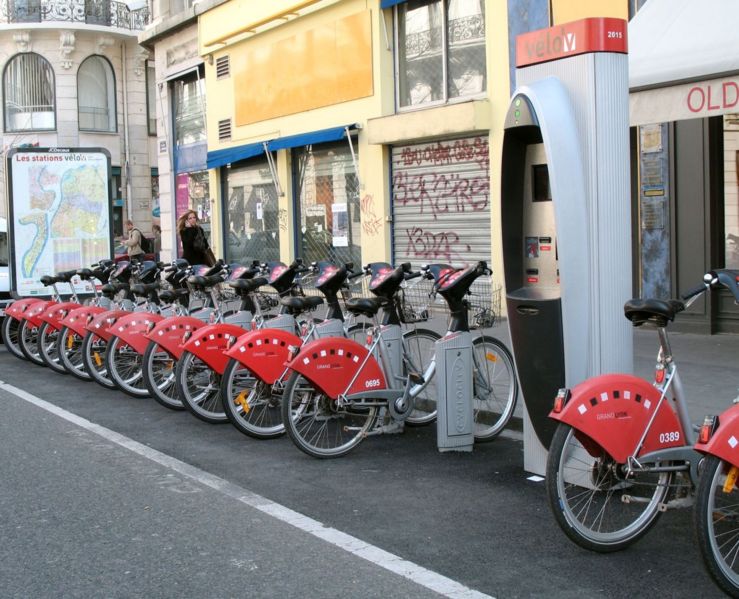
Apart from the Metro, there are also two funiculars that link from the Vieux Lyon metro station to Saint-Just and Fourvière area.
Tip: To get around efficiently on the Metro, getting acquainted with the four Metro lines makes your trip smoother. You can get a detailed map of the Metro network from the main Metro stations.
Each trip costs €1.80 (valid for one hour after the first use on buses, trams, metro and funiculars, unlimited number of transfers, no return), while it costs €5.50 for a daily pass. Tickets can only be bought at the stations’ electronic kiosks, and they only accept coins.
Tip: you can buy tickets at Tobacco shops and newsagents showing a “TCL” sign.
You can also opt to experience Lyon on a bicycle. The city has quite a number of cycling routes, but do watch out at major traffic junctions, where the traffic can get a tad overwhelming. Lyon has a public bicycle service- Vélo’v, which allows travellers to pick up and drop the bicycles from more than 300 locations around the city. You just need to register with your credit card, and the prices are reasonable. A one-day ticket costs €1.5, then free for the first 30 min of each ride, €1 for 30 to 60 min, then €2 every 30 min. If you’re in the city for a week, it might be worthwhile to grab the seven-day ticket at €5.
A visit to Lyon is less intimidating than Paris, and more intimate than Marseilles, it draws you in with its warmth, intrigues you with its unique architecture and charms you with its food.
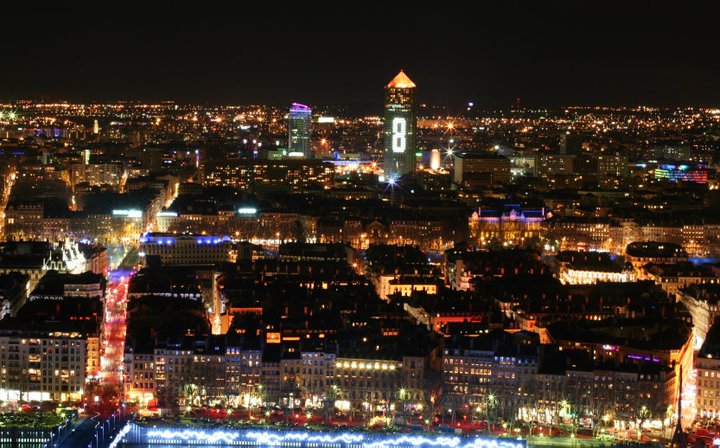
All pictures are from Wikipedia and Wikitravel.
